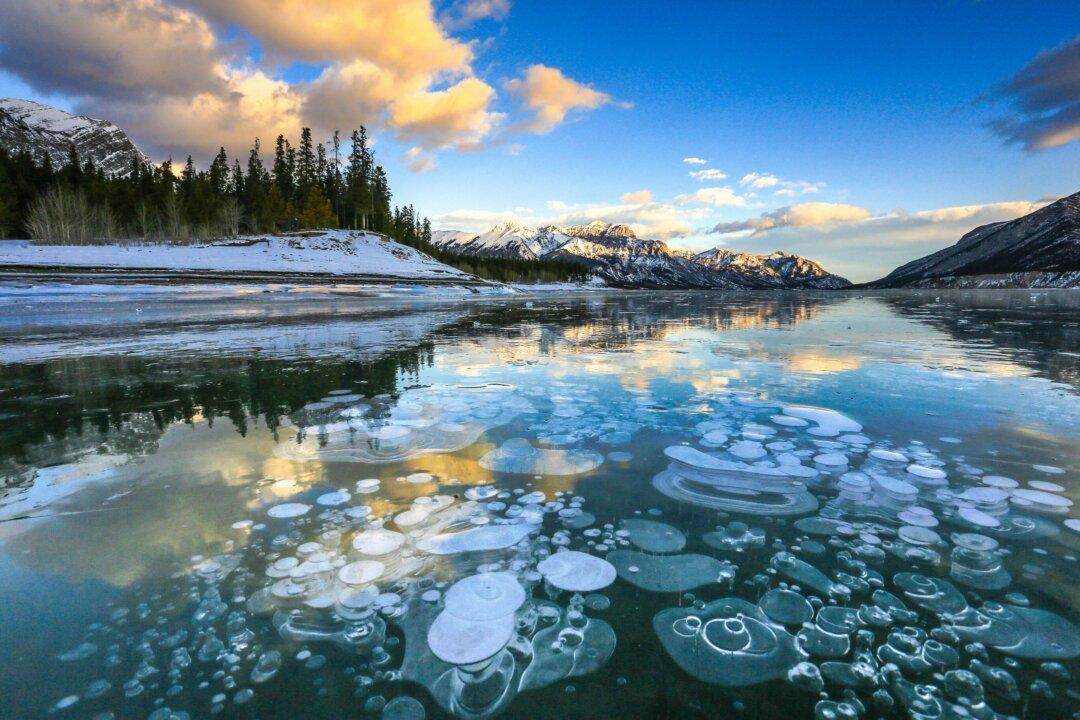There’s no place on earth quite as magical as Canada during the winter months. Known for its vast array of winter wonders, Canada is home to towering pines decorated with snow, sparkling frozen waterfalls, and white-capped mountains.
Whether you’re planning a winter vacation or simply want to explore what winter has to offer in your own province, here are 10 of the best winter wonders Canada has to offer.





